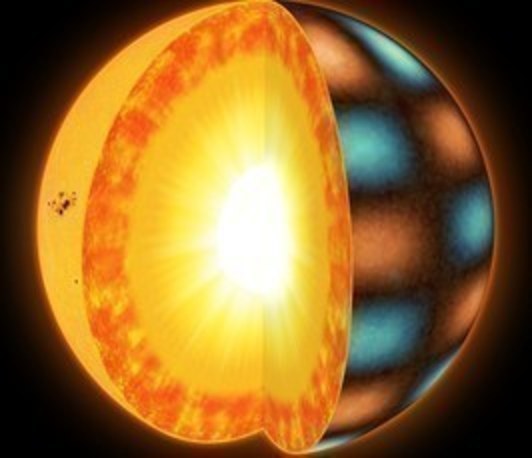Seminars at MPS
Interested visitors are very welcome to join in all seminars held and talks given at the MPS. The presentations are mainly given in English. More detailed information can be found at the seminars' pages.
Invited guest scientists of other institutes report on the successes and results of their research in institute seminars and colloquia.
PhD students of the International Max Planck Research School (IMPRS) present their work in S3 seminars.
In the Seminars about Planets and Comets, as well as in the Seminars about the Sun and sunlike Stars, the scientists of the respective departments report on the latest results and progress made in their projects and introduce new missions. All seminars are concluded with a short discussion or a questions-and-answers sessions.



